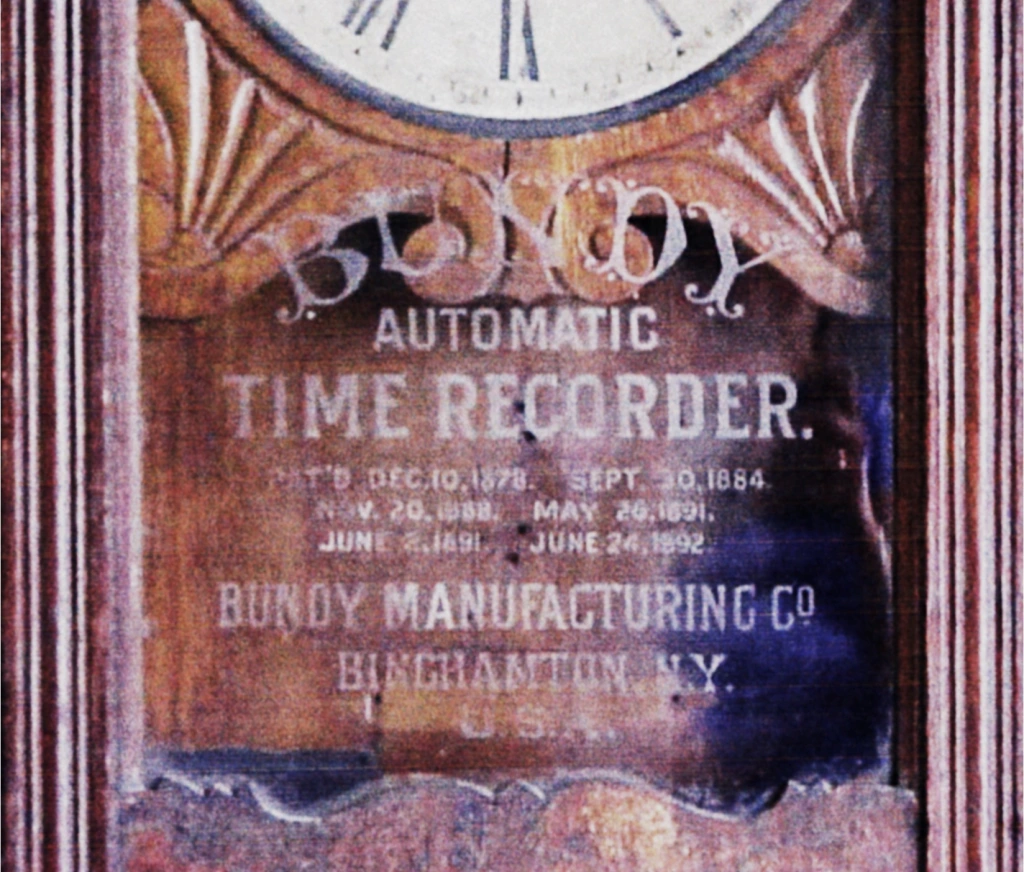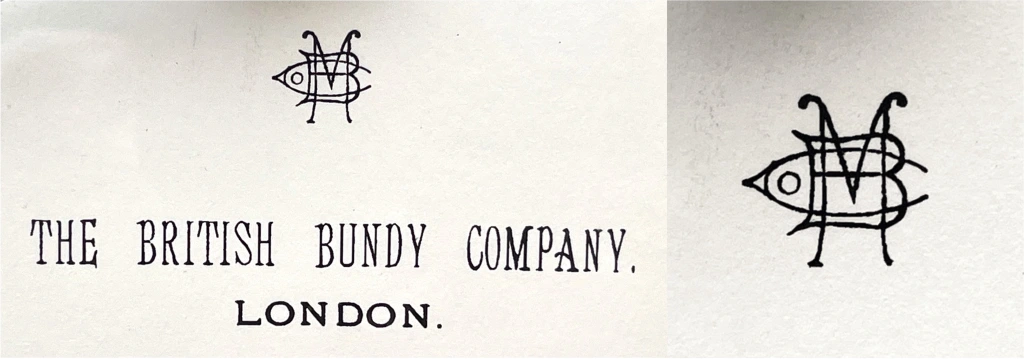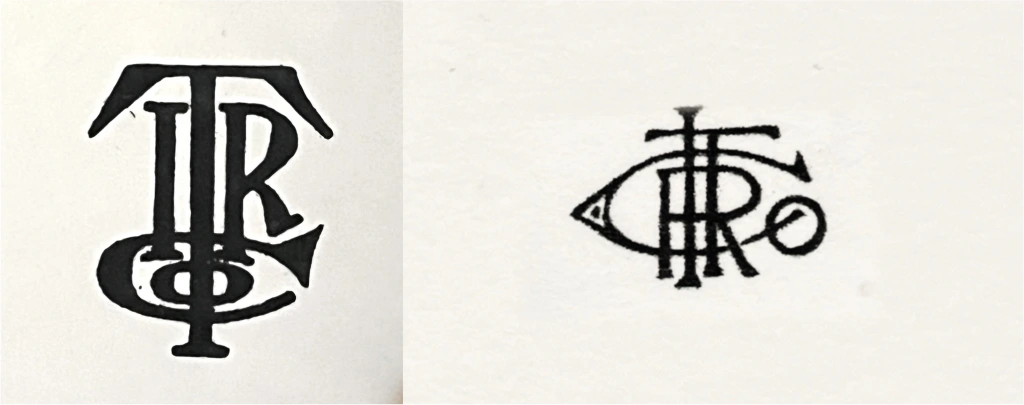Bundy Manufacturing Company

Incorporated in 1889 by Harlow E. Bundy and Willard L. Bundy, the Bundy Manufacturing Company was the first company in the USA to successfully manufacture and market time recording machines. These were key recorders, with each employee carrying a different numbered key. Willard L. Bundy was a prolific inventor and went on to patent many types of time recorders, including card, dial, and autograph versions.
In 1899, Bundy acquired the Standard Time Stamp Company, a manufacturer of time stamps and a card recorder. From 1900, the company’s products were jointly marketed by the International Time Recording Company founded by George W. Fairchild, who had previously joined Bundy in 1896. In 1902, the company, along with the Willard and Frick Manufacturing Company, was merged with ITR. Willard L. Bundy later had a ‘falling out’ with his brother Harlow and the ITR regime, and left the business in 1903 to form the W. H. Bundy Recording Company with his son, continuing to invent and manufacture time recorders in competition with ITR.
A specific model of key recorder was designed for and assigned to the UK market with patents applied for on 25th September 1890, 20th February 1891, 6th September 1892, 30th November 1894, 10th September 1895, and 30th November 1897. This machine was the first key recorder in use in the UK, distributed by Bundy’s UK subsidiary The British Bundy Company from around 1893.


Features found on dials and patent plates present on different UK-variant key models are good clues to consider when dating a clock. A list of patents will omit any which the time recorder pre-dates, and the dial may feature the logo or name of either The British Bundy Company or ITR. Examples of these details can be found on the Photos (see link below) page. Alongside this, the paper roll carriage methods differ on each model; older models have an internal ornate wooden dial surround.